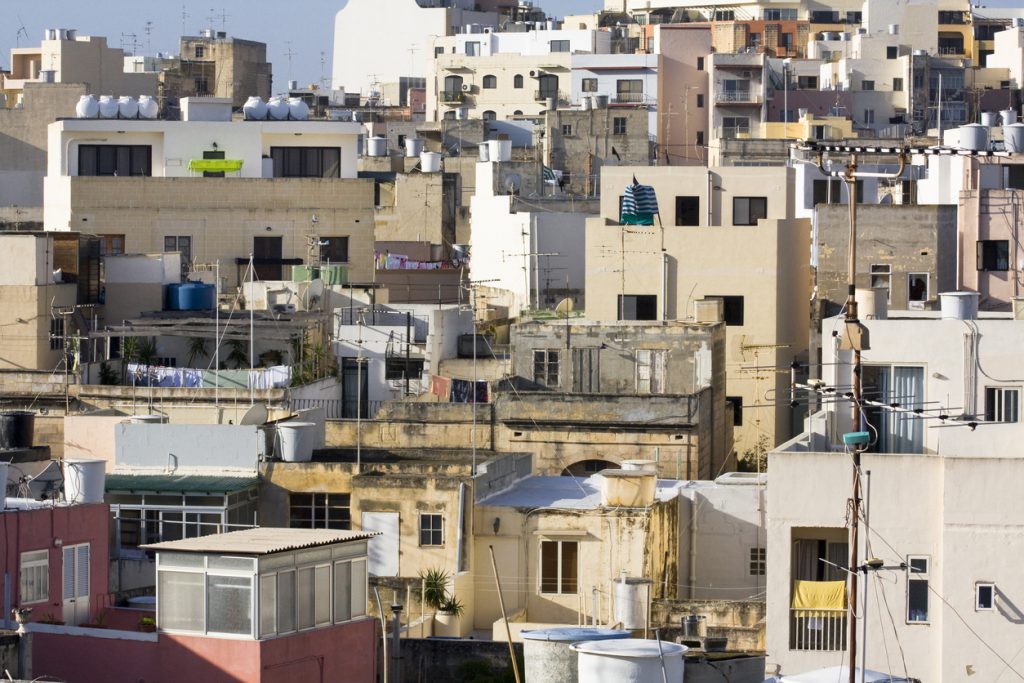The affordability of the property market

In just a decade property prices in the Maltese Islands have doubled. In comparison the mean household disposable income (the combined take-home pay of all members of the household) increased from €22,379 in 2012 to €32,590 which is just 46%.
A recent report by Grant Thornton and Dhalia shows that that a stage has been reached whereby certain parts of the Maltese Islands like Sliema and St Julian’s have become completely out of reach for most buyers, regardless of the kind of property. Meanwhile, even regions which were traditionally more affordable like Gozo, Paola, Tarxien and Żabbar are experiencing an increase. On paper the situation might not seem that much of concern, as the number of promise of sales and deeds till now has not shown any signs of slowing down. However, a deeper analysis reveals that the properties being sold nowadays pale in comparison with those of a decade ago when it comes to size. A three-bedroom apartment nowadays represents the premium tier option for most first-time buyers who are having to settle for apartments of around 100 square metres, having one or two bedrooms, a combined kitchen/living and dining room, and if they are luck some views from the balcony.
It is crystal clear that wages in Malta did not keep up with the increase in property prices, as the latter rose by twice as much as the households’ income. The result is that property prices, which a decade ago were already becoming unaffordable, soared even higher. Till now, however, most of the potential buyers have coped with the situation simply by lowering their expectations in terms of size and location, while forking a higher chunk of their salary for a longer period of their lifetime. Moreover, more potential homeowners are having to rely more and more on relatives for financial support to raise the required capital for the deposit or make use of a government scheme whereby they are loaned part of the 10% required to buy the first property. In short it is a loan to qualify for a loan! As expected there has been a boom in the apartment sector to the point that nowadays first-time buyers opting for a traditional dwelling with its own airspace and garden have become the exception.
At this rate in a couple of decades the property market will become out of reach for most of he population, even those dwellings which today are deemed as unattractive or not sought after. Unfortunately, this also applies to those who from a very early age start saving up as no matter how much frugality they resort to, they can never make it. The situation could get even worse should banks raise interest rates, as this would make loans less affordable while the monthly payments of existing mortgages would rise. Inflation is also hitting hard the cost of construction industry as raw materials are rising from abroad while high demand for skilled labour which is in short supply is also a factor.
Measures like reduction in stamp duty, and incentives for low-income earners were moves in a positive direction but clearly were only short-term measures. The rental market is also becoming unaffordable, partly due to the large influx of foreign third-country nationals who are joining up forces to reside in a single property, thus pricing out the Maltese. The sharp population increase of the last decade could be one of the key drivers of the rise in property prices as it has to do with the economic fundamental of demand and supply. Maybe, policy makers should start looking at the bigger Picture not just the property market in isolation and adopt a more long-term approach.
